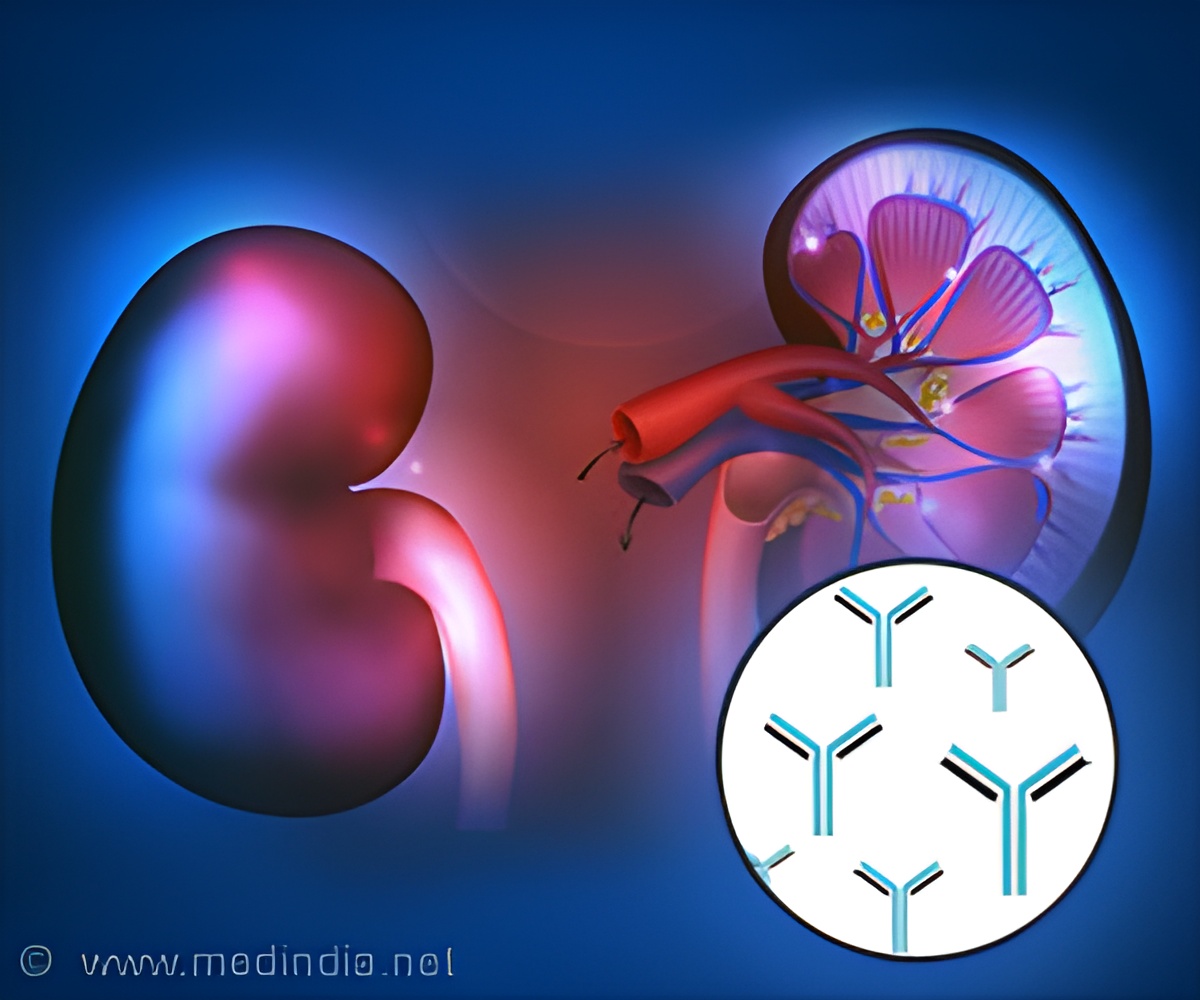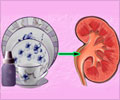
‘Obstructive nephropathy in infants results in the obstruction of the urinary tract that leads to the failure of kidneys.’
Tweet it Now
She described a strange phenomenon seen in blocked kidneys: "When you obstruct the kidney and you keep it obstructed, its vasculature shrinks, but the other unobstructed kidney grows many more branches, like it's trying to compensate," she said. "If you release the obstruction, then the vasculature [vessels] of the previously obstructed kidney regenerates and grows dramatically initiating the regeneration of the whole kidney. Preventing Kidney Damage
There are many reasons why a baby might be born with obstructed kidneys, known as "obstructive nephropathy." For example, the urinary tract might not be fully developed, or there could be a mass compressing it. That can cause serious problems, including kidney failure.
UVA's new research sheds light on exactly how kidney obstruction causes damage, and that will better position doctors to combat it.
"In our study, we tried to understand what happens when the kidney is damaged and what happens when the kidneys are undergoing repair," said researcher Vidya K. Nagalakshmi, PhD. "When [the urinary tract] is blocked, it gives a backward pressure to the kidney and causes swelling of the kidney, which is called hydronephrosis. The kidney is swollen and filled with fluid, and when the hydronephrosis happens, all the nephron tubules become damaged and eventually they are lost. And if the hydronephrosis persists for a longer time, then it leads to end-stage renal disease."
Advertisement
"During development, there are more precursors than otherwise," Sequeira-Lopez said. "Studying the developing kidney or the early postnatal kidney may give us cues of how to push the precursors or how to wake up precursors in the adult to regenerate and maintain the kidney function."
Advertisement
The researchers have published their findings in the scientific journal Clinical Science.
Source-Eurekalert









